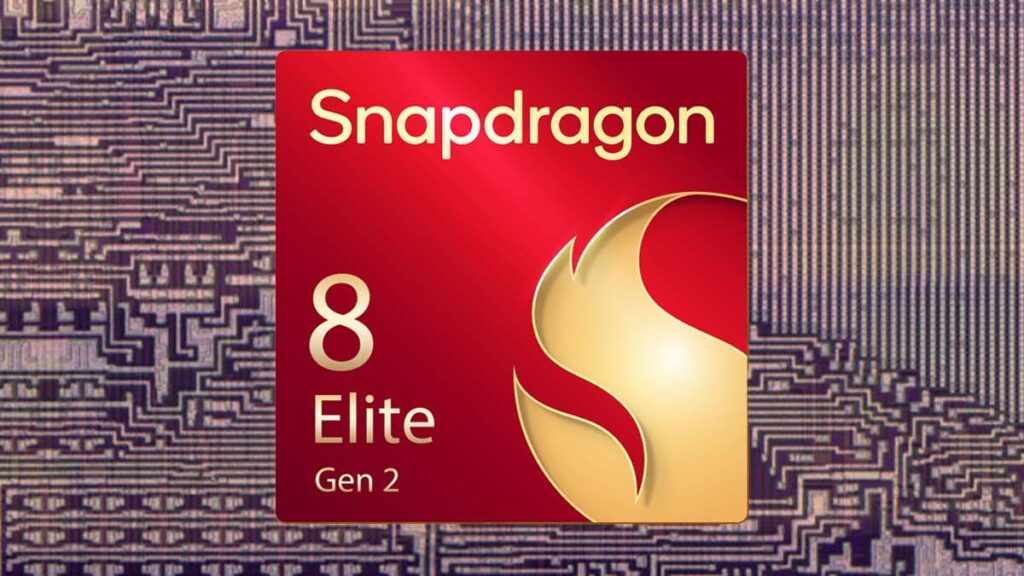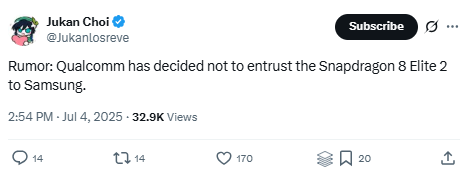
Qualcomm was expected to tap Samsung Foundry for part of its next-gen flagship chip, the Snapdragon 8 Elite 2 (sometimes also referred to as Snapdragon 8 Elite Gen 2), using Samsung’s brand-new 2nm process. But it looks like those plans have quietly been shelved.

Earlier reports suggested Qualcomm would source its upcoming chip from both TSMC and Samsung, with the Galaxy S26 Ultra getting a Samsung-made version—codenamed SM8850-S—built on the company’s 2nm GAA node. This would’ve marked Qualcomm’s first return to Samsung Foundry in three years.
But according to a leak from X user @Jukanlosreve, Qualcomm has dropped the SM8850-S identifier from its documentation, effectively killing off the Samsung version of the chip. The reason? Most likely, the ongoing yield issues.

Samsung’s 2nm production is reportedly struggling, with the Exynos 2600 chip—the company’s in-house SoC for next year—only hitting around 50% yield. That’s well below the 70% threshold typically needed for reliable large-scale production. For Qualcomm, that kind of risk may have been too high—especially after the troubled launch of the Snapdragon 888, which was also built on a Samsung node and faced widespread criticism for heating and power efficiency problems.
Instead, Qualcomm is expected to stick solely with TSMC’s 3nm N3P process for the Snapdragon 8 Elite 2, including the version that powers the Galaxy S26 Ultra. It’s a familiar move, as TSMC already produced the Snapdragon 8 Elite for this year’s Galaxy S25 lineup—where Samsung ended up skipping the Exynos 2500 altogether, likely for the same reasons.
With Qualcomm pulling back, it’s unclear what role Samsung’s Exynos 2600 will play in the S26 lineup. But for now, it seems TSMC will remain Qualcomm’s go-to partner for high-end silicon.
Don’t miss a thing! Join our Telegram community for instant updates and grab our free daily newsletter for the best tech stories!
For more daily updates, please visit our News Section.
(Source)
The post There won’t be a Samsung-made Snapdragon 8 Elite 2 “for Galaxy”, claims new leak appeared first on Gizmochina.








